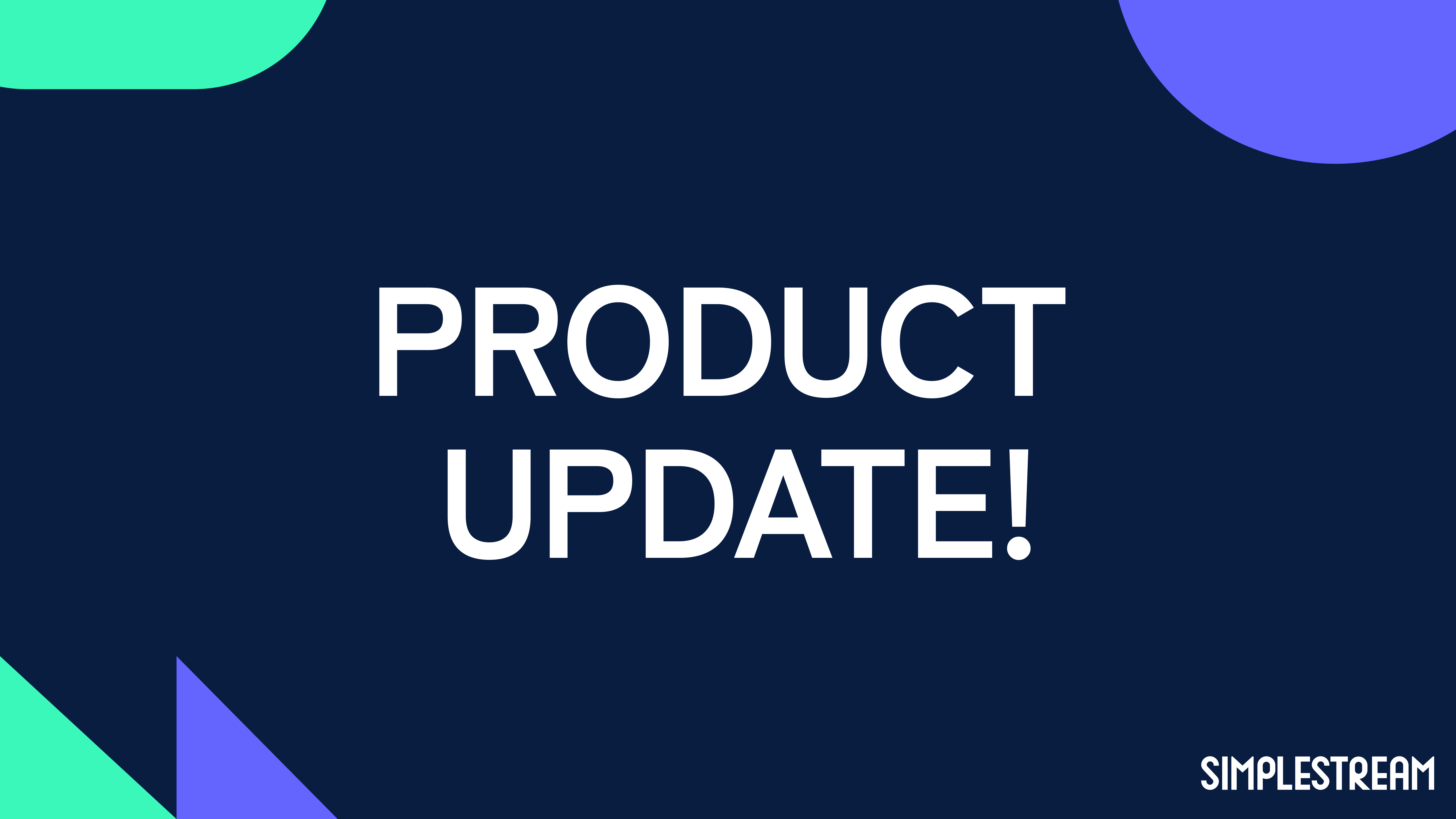What happened at IBC 2022? Highlights, future tech, and OS wars
The first in-person edition of IBC in three years is in the books. Read on, as we rounded up some key takeaways from a busy week in Amsterdam
What we learnt from the first in-person IBC in three years, is that our industry moves fast. How much has your business changed in that time? IBC 2022 was the epicentre for the evolution of our industry, serving as a snapshot of three long years of development in a complex sector.
OTT and streaming services are facing new challenges. Ones that weren’t present prior to the pandemic, with the additional cost of living crisis rising exponentially after a global pandemic and amid political uncertainty. This goes beyond mere monetisation models, as players can only reduce the cost of your service so much before losing all profitability. There’s advertising, of course, yet that’s only part of the answer and natural evolution the industry is naturally seeing. Conversations around partnerships and integrations were widespread, as this collaborative approach is becoming more and more relevant for businesses in OTT and streaming tech. If you aren’t agnostic, flexible and cutting edge, then you’re left behind by not providing the best value for OTT and streaming services.
OS Wars
Remembering the HD DVD may give you an idea of the current scenario of device fragmentation and the numerous companies jostling for position as the platform for your OTT or streaming service. When you think about development in the mobile market, for instance, you need to consider a couple of key items, to start with: iOS and Android. What do you do, instead, for your big screen applications? Much like Blue Ray emerged as the winner in the format war with HD DVD, we’re yet to see the victor in the operating system (OS) war. The end-consumer is losing out as a result, with higher costs associated with the development of applications for several platforms reducing the value that OTT and streaming services can provide by being available everywhere.
Dormant content: how to monetise FAST
Do you remember how popular Tiger King was in the pandemic? The viewership may have dropped off for that title as it’s no longer the latest release for that streaming service, but that’s not to say there isn’t still value in that title. As our Technical Director Ashley Horne pointed out during the 'From SVOD to multi-dimensional business models' panel, you can repurpose what was your most popular content and redistribute it with a FAST channel. This is especially true for those platforms which are growing consistently with new customers joining regularly.
Think about a FAST channel as the ideal opportunity to repurpose that dormant VOD content in your library, giving your audience the opportunity to discover and rediscover content in a linear lean-back experience with minimal effort. And with the added benefit of advertising-led opportunities to enhance your monetisation opportunities. Check out the video below for Ashley’s take on this.
Breaking news
The way the world delivers and consumes news programmes is changing radically, amid the digital convergence that’s bringing more formats and a general change of habits for global audiences. Both the demand and competition for the latest coverage are a key element for this sector, and what we’ve seen is demand increasing for a fully managed OTT service provider, with both live and VOD capabilities, together with frontend applications delivered in a matter of weeks. Simplestream can provide this and more, as we’ve done with our applications for GB News, a case study that was thoroughly discussed during the event as part of the IABM ‘Transformation’ programme.



